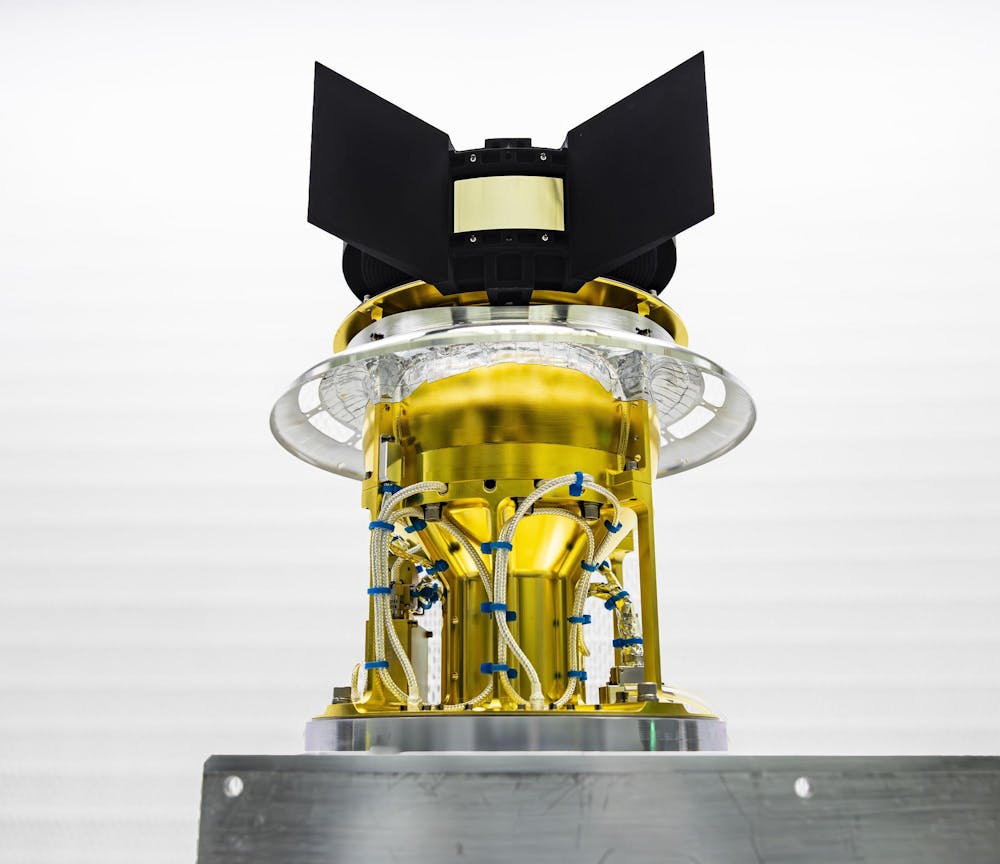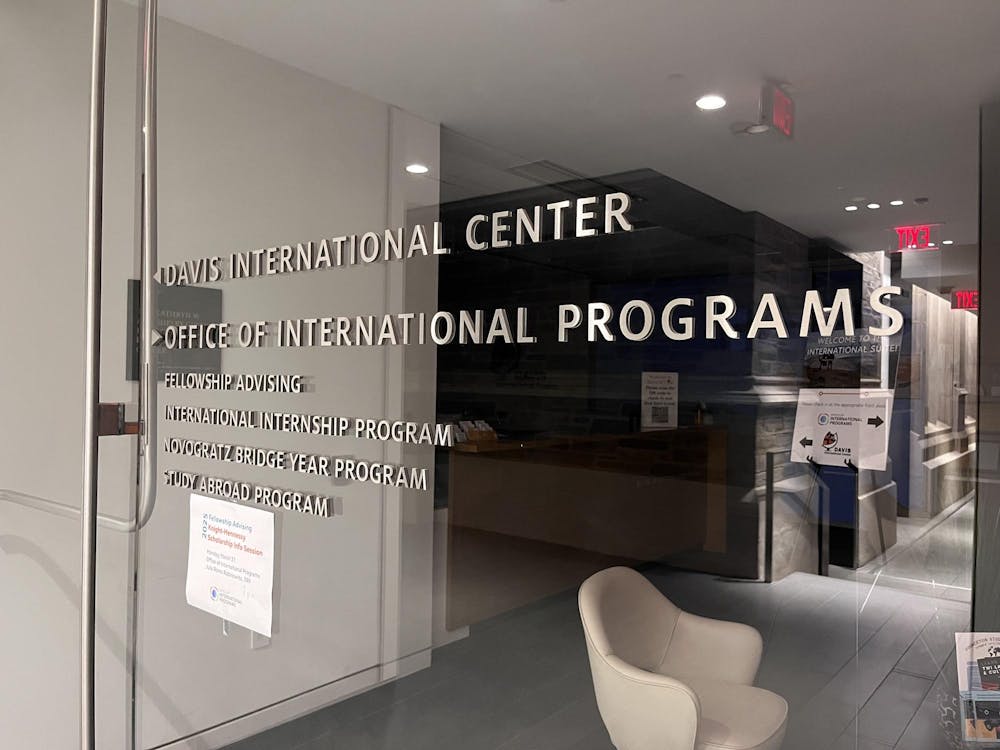A landmark NASA mission led by Princeton researchers will launch a rocket on Wednesday from the Kennedy Space Center in Cape Canaveral, Fla., sending a probe towards the sun to study the heliosphere, a plasma bubble surrounding the solar system.
The Interstellar Mapping and Acceleration Probe (IMAP) mission aims to study the energization of charged particles and the interaction of the solar wind. The 10-by-four-foot probe is set to launch on board a SpaceX Falcon 9, an orbital-class reusable rocket, whose first-stage booster returns to the landing zone following launches. The launch was originally scheduled to take place Tuesday but was pushed “to allow more time for the recovery assets to arrive at the landing zone.”
Professor of Astrophysical Sciences David McComas serves as the principal investigator for the IMAP mission, which includes 10 instruments and 13 sensors, in a project that comprises 82 U.S. partner institutions in 35 states and the space agencies of several European and Asian countries.
McComas joined Princeton in 2016 as the Vice President for the Princeton Plasma Physics Laboratory, a University-managed Department of Energy (DOE) national laboratory. Before then, McComas had worked for two decades at the DOE.
While NASA selected IMAP in 2018, McComas sees his work on this project as having begun a decade-and-a-half prior, when he was the principal investigator for the Interstellar Boundary Explorer, another NASA mission which launched in 2008 to study the boundary region of the solar system.
For IMAP, McComas visited the Applied Physics Laboratory at Johns Hopkins almost every week for the past several years to supervise the construction of the spacecraft.
One of the 10 instruments on board IMAP, Solar Wind and Pickup Ion (SWAPI), was built in the Space Physics Laboratory at Princeton, located at 171 Broadmead, the former site of University League Nursery School.
“We built a NASA lab there with cleaning rooms and vacuum chambers,” McComas said in an interview with The Daily Princetonian. “[In addition to SWAPI], we also tested two other instruments in there and calibrated one of them completely. And then for a third instrument, we brought it in and we cross calibrated it with the instrument that we built.”

Jamie Rankin, an astrophysics lecturer and scholar, is the instrument lead on the Princeton-built SWAPI. McComas originally served both as the principal investigator for IMAP and as the lead on SWAPI, but quickly opted to place Rankin in charge.
“We’re putting together a beautiful, big picture of our heliosphere,” Rankin told the ‘Prince.’
Over the next three months, the probe will fly towards the sun, eventually settling at a point about a million miles away from Earth, where gravity from the sun is balanced. The mission will transition to a new phase in February 2026 focused on science and data gathering.
“You’re taking science data, you’re analyzing it, you’re writing papers,” McComas said. “I’ve got a co-I (co-investigator) team of 25 institutions from 13 states and six countries, all of whom are involved in the science delivery, analyzing the data, figuring out what it means, writing scientific papers, presenting it to the public, making the new discoveries.”

“I’m making it not be about my institution or anybody else’s institution,” McComas added. “I’d like us to treat it like one team.”
“From the very, very beginning of this mission, there were scientific goals that people came up with that were the prime mission goals,” Rankin said. “So there’s two years to pursue those goals and get that science out, and that’s the guaranteed funding … We would love for it to be 11 years for the whole phase of a solar cycle, for example, but we don’t know.”
The development, launch, and operation for the two-year science mission will cost $781.8 million, according to a NASA spokesperson.
McComas moved to Florida on Sept. 1 with his wife to oversee all aspects of IMAP and ensure its compatibility with the two other spacecraft also on board the Falcon 9 rocket. While IMAP is the primary spacecraft, the other two are participating in SpaceX’s rideshare program. These two spacecraft are NASA’s Carruthers Geocorona Observatory and the National Oceanic and Atmospheric Administration’s Space Weather Follow On-Lagrange 1.
“There are just a myriad of problems that pop up, things that are slightly different than the engineers expected,” McComas said.
On Sept. 24, IMAP plans to host a launch party in Peyton Hall to view the NASA livestream of the Florida launch, scheduled for 7:30 a.m. Eastern.
Andrew Bosworth is the Research Editor for the ‘Prince.’
Please send any corrections to corrections[at]dailyprincetonian.com.








